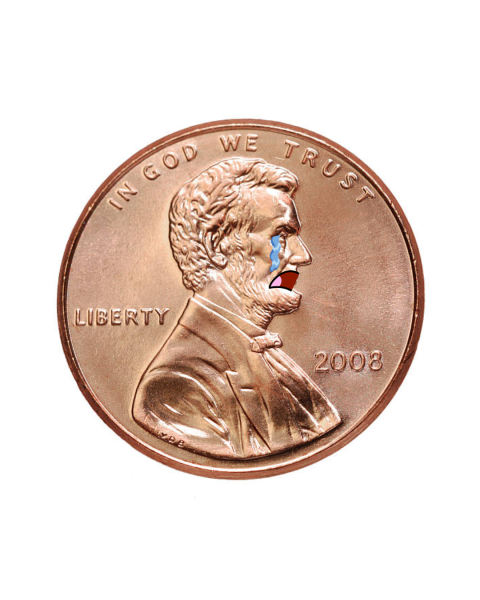Sampling vs. Plagiarism
Once again another case of plagiarism ensues, this time between Jacksonville pop punk band Yellowcard accusing rapper Juice WRLD of ripping melodic elements from the band’s 2006 song “Holly Wood Died” to use for the rapper’s breakout hit “Lucid Dreams.”
This story has been told multiple times; a popular song breaks through, and another band from years ago leaves charges of plagiarism, and fans of the former artist defend the song as just sampling while fans of the latter artist stick by the lawsuit and claim the band was unfairly ripped off.
Sampling is not a bad thing, but there has to be credit to the artist they are borrowing from.
This has happened on multiple occasions. Art pop collective Radiohead were sued for their 1993 breakout hit “Creep” by The Hollies based on similarities between the popular self loathing anthem and “The Air That I Breathe.” Ironically, Radiohead sued indie pop celebrity Lana Del Ray, accusing her song “Get Free” of being too similar to “Creep.”
Vanilla Ice also fought lawsuits from iconic rock band Queen for directly ripping the beat for “Ice Ice Baby” from the Queen and David Bowie duet hit “Under Pressure.” Led Zeppelin got oddly enough sued over a melody from a century old opera. Even Kanye has been accused of stealing the piano melody from electronic legend Aphex Twin’s song “Avril 14th” to use in his song “Blame Game.”
So are these cases all stealing, or can they be justified as sampling? Yes and no. Most of these cases fall in a grey area that end up being plagiarism, but can easily avoid being that. All these artists would have to do is clear the sample. And from there they can make a great product with that sample.
These artists could’ve avoided all legal barricades and negative press if only they got clearance to use these samples from the artists they’re borrowing from. Artists constantly sample pieces of work in every genre, and some of those songs that borrowed elements from other songs become as well respected and successful as fully original songs.
Sometimes artists can just completely remake a song by another artist through covers, and those covers can become more respected than the original. Marilyn Manson had arguably his biggest success through his cover of Sweet Dreams by The Eurythmics. Folk musician Iron and Wine arguably launched the cult success of legendary Indie pop group The Postal Service through the cover Iron and Wine did of the song “Such Great Heights.”
Some people argue that sampling and covers are just pointless because critics believe that it’s just an excuse to not write something new. While the perspective is understandable, there is an art to sampling and covers.
Good samples or covers change up the song enough to make their version completely unique compared to the original. To just condemn anything that isn’t a completely original creation is to say that no artist is able to build upon the ideas that came before them. So while all these artists should credit where they get their material from, give sampling a chance, because sometimes you can’t let old ideas rot.



